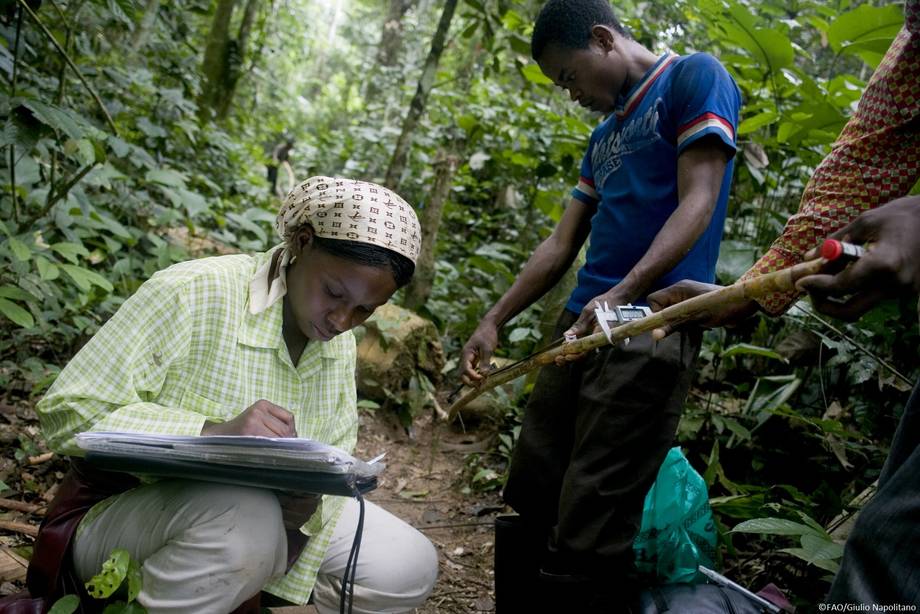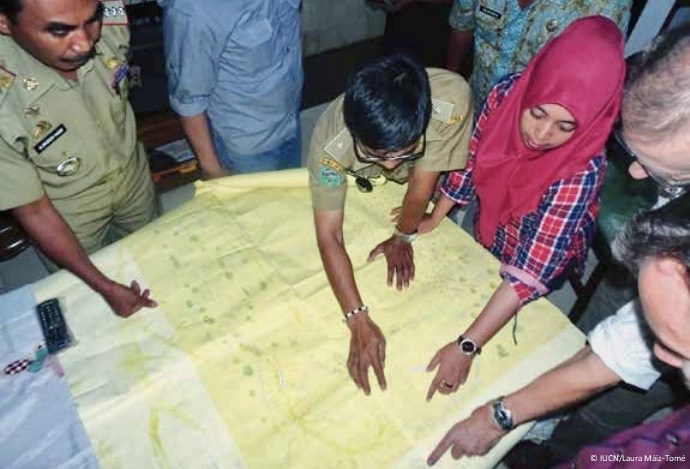In focus
Monitoring Framework
Consists of six over-arching quantitative and qualitative indicators, 20 sub-indicators and 69 variables to monitor the forest-water nexus.
Forest and Water Programme
Since 2016, FAO's Forest and Water Programme has tackled the issues of managing forests and trees for water and food security.
Capacity Development
Understanding the forest-water nexus is vital for sustainable forest management. Capacity development is the key to success.
About
In order to increase our understanding of forest-water interactions and ensure that they are taken into account in policy and management decisions, the FAO Forest and Water Programme developed the Forest & Landscape Water Ecosystem Services (FL-WES) Tool. The tool is designed to be adaptable to different contexts. Based on the current conditions of the interest area and the available knowledge and resources, the tool will guide users to the best methodologies to collect baseline information in order to understand forest-water interactions. If baseline information already exists, the user will be guided to build on what is already in place to better measure these indicators and take into account a wider range of issues that will be key for future management plans.
The interactive tool is integrated with other state of the art data systems and provides guidance on current, trustworthy and widely used methodologies. Read more...




